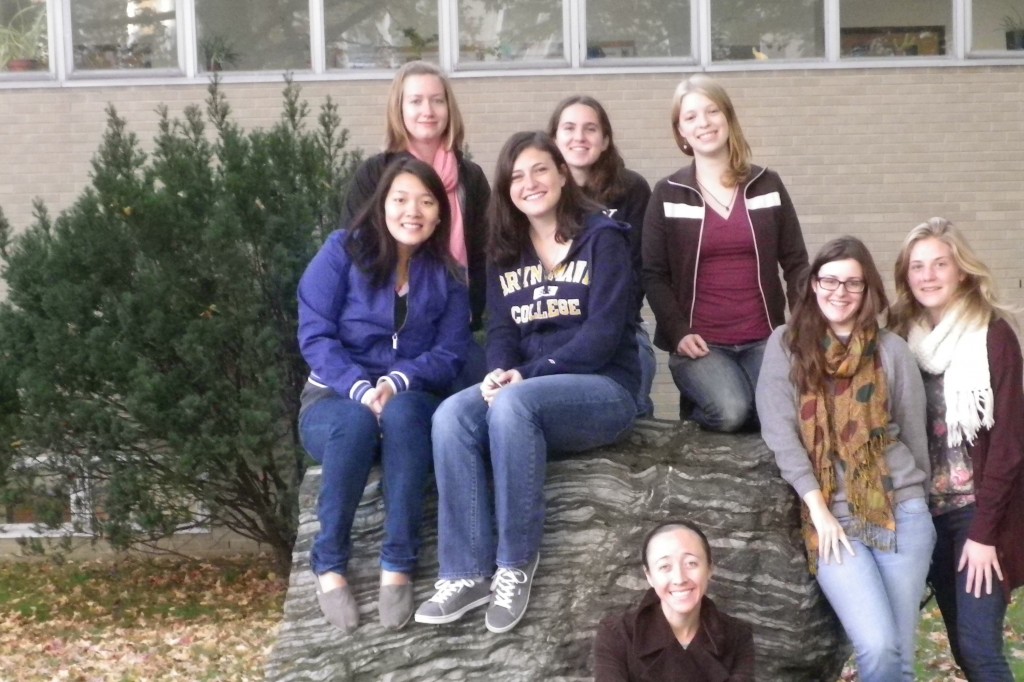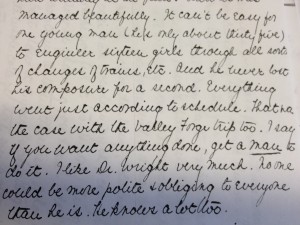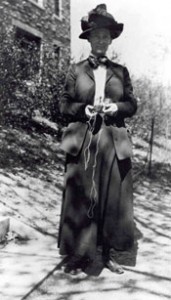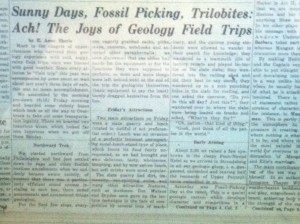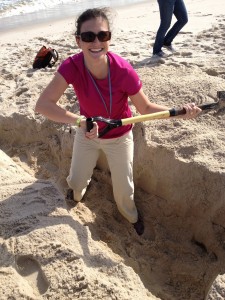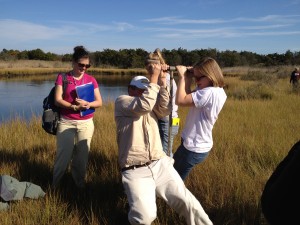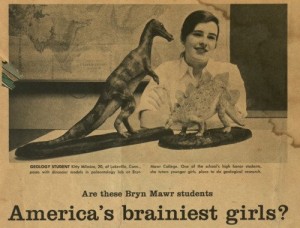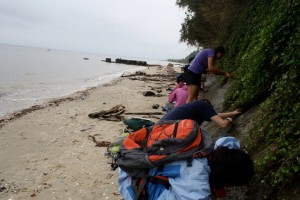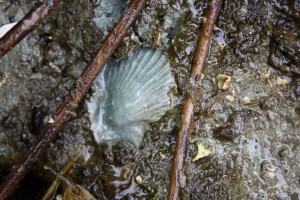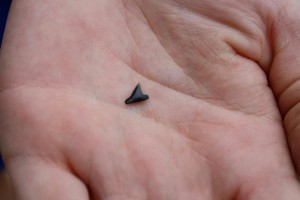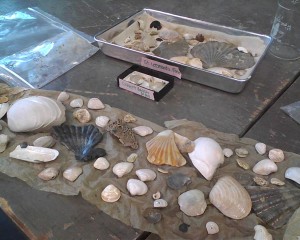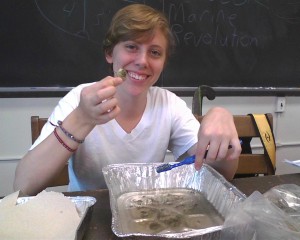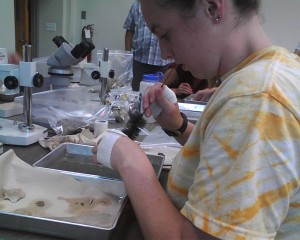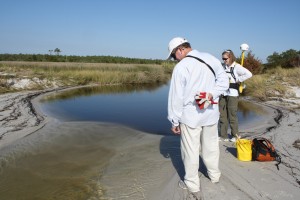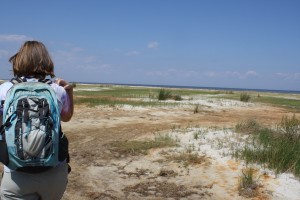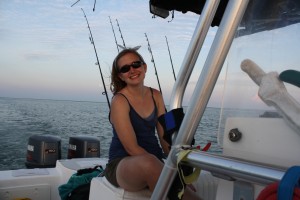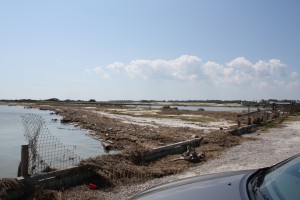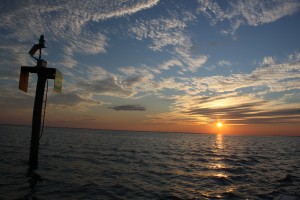I wanted to take a minute to post about a cool project some students in the geology department are pursuing. Under the guidance of a faculty advisor, they’ve formed the “microgravity team” to research a project through NASA’s Reduced Gravity Student Flight Opportunities Program.
They hope to fly in NASA’s “Vomit Comet” in order to measure the porosity of Martian soil simulant. The entire flight of the Vomit Comet would allow us to experience a range of microgravity levels, including the specific gravity of Mars. At Mars’ gravity we would be able to measure the exact porosity of Martian soil with the spectrometer. With the exact measurement of the porosity of Martian soil, researchers would be able to understand the surface of Mars more and uncover more knowledge about water on Mars.
The Vomit Comet is a reduced gravity aircraft flies a parabolic curved pathway which allows for thirty seconds of hypergravity as the aircraft is reaching the top of the curve to be felt and 18 seconds of microgravity as the aircraft is descending from the top of the curve. Hypergravity is exceeds the force of Earth’s gravity which would leave us feeling heavy and make it hard to even lift a hand. On the other hand, microgravity would leave us completely weightless with the image of the floating astronaut as a perfect visual.
NASA’s Reduced Gravity Student Flight Opportunities Program provides undergraduate students with the opportunity to propose, design, fly, and evaluate an original experiment in microgravity. The whole process from writing the proposal to running the experiment in microgravity is entirely done by students. NASA provides an exciting opportunity for student growth not only within the program team members, but also in the students that our involved in the outreach activities. Science is given the opportunity to inspire and excite the future generations of scientists.
You can read more about their project on their Microgravity blog! microgravity.blogs.brynmawr.edu
Here’s the team posing for a picture after an early morning meeting–Anna, Christina, Mary, Hannah, Alice, Simona, Danyelle, and Selby!
